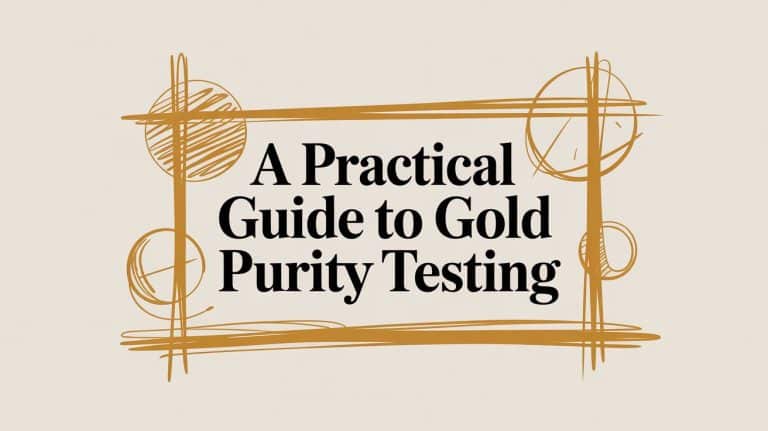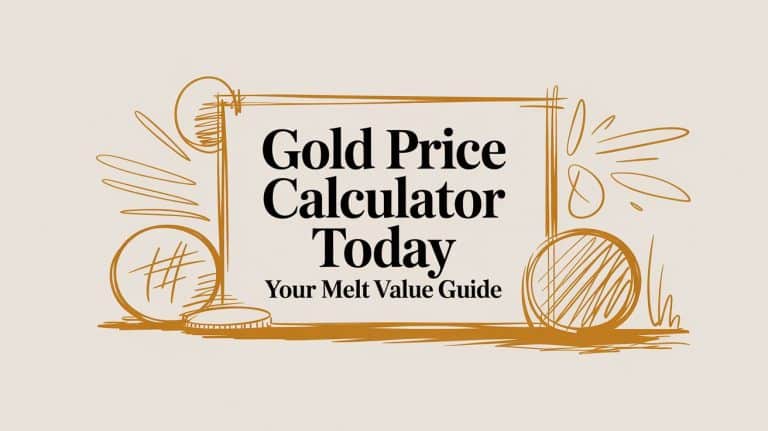The Most Accurate Live Gold Price Calculator
Calculate the real-time melt value of your gold jewelry, scrap gold, bars or coins. Just enter the weight and purity(karat) to get an instant, honest estimate based on the live market spot price.
Find the True Value of Your Gold, Instantly
Transparent Pricing. Instant Results.
Select Purity
Choose the karat of your gold from the dropdown. Most jewelry in the US is 14k
(58.3% pure) or 10k (41.7% pure). Don’t know the karat? Check for a tiny stamp or
hallmark on your item.
Enter Weight
Use a digital kitchen or jewelry scale for the most accurate result. We support
grams, ounces, and even pennyweight for a precise calculation.
See the Live Value
We instantly calculate the melt value of the pure gold in your item based on the
current market price. No fees, no hidden math—just the honest value.
You Have the Number. What’s Next?
Planning to Sell Your Gold?
The number from our calculator is the “spot melt value.” It’s important to know that gold buyers typically pay a percentage of this value (often 70-95%) to cover their own costs. To ensure you get a fair price, it’s critical to understand the process.
Want to Learn More About Gold?
Gold’s value is driven by its purity, weight, and global market forces. Understanding these elements empowers you as an owner or investor. Dive into our free resources to learn about hallmarks, purity testing, and investment strategies.
Trusted by Thousands. Built on Transparency.
Our mission is simple — to make gold valuation accurate, honest, and accessible to everyone. We use verified data sources, not estimates, and never charge hidden fees.
Empowering You with Honest, Accurate Gold Information.
At The Gold Calculator, our mission is to demystify the world of precious metals. We were founded on the principle that everyone deserves free, transparent access to the information needed to value their assets correctly.
Valuable Gold Calculator FAQ
We know that understanding the value of your gold can raise a lot of questions. Here, we’ve compiled answers to the most common queries we receive, from basic definitions to the specifics of our calculator. Our goal is to provide clear, honest, and helpful information.





